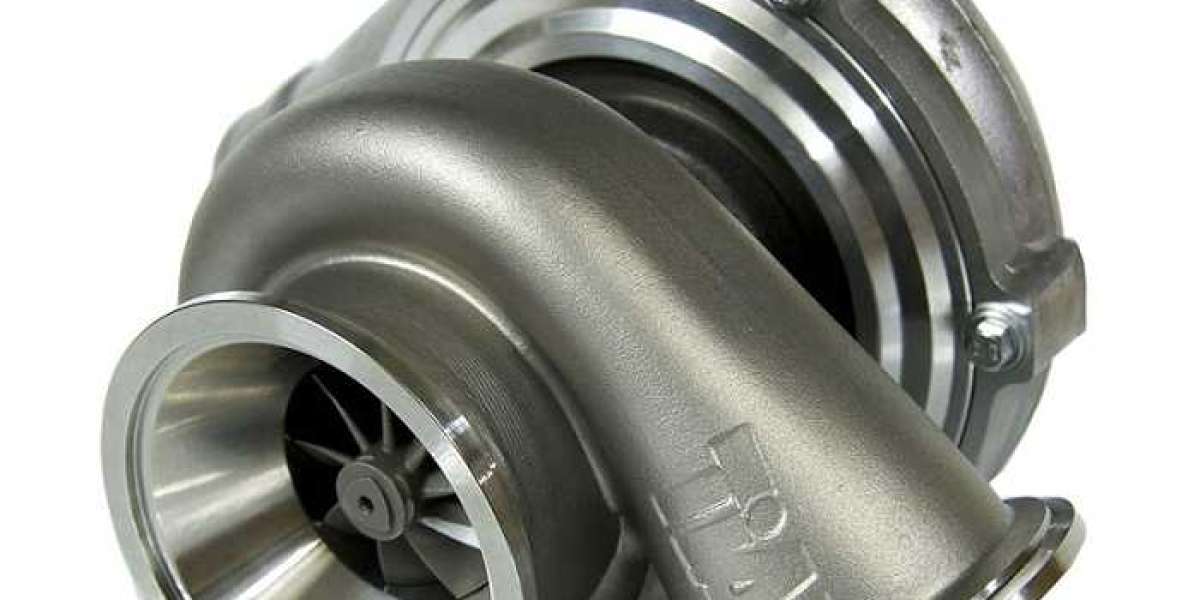As the demand for renewable energy sources continues to grow, the need for efficient and reliable energy storage solutions becomes increasingly important. One such solution that has gained significant attention in recent years is the use of Lithium Iron Phosphate (LiFePO4) batteries for power station applications.

The Advantages of LiFePO4 Batteries
LiFePO4 batteries offer several advantages that make them well-suited for power station applications. Firstly, they have a high energy density, which means they can store a large amount of energy in a relatively small and lightweight package. This makes them ideal for use in power stations where space is often limited.
Secondly, LiFePO4 batteries have a long cycle life, meaning they can be charged and discharged many times without significant degradation in performance. This is crucial for power station applications, as they often require frequent charging and discharging cycles.
Furthermore, LiFePO4 batteries have a high thermal stability, which reduces the risk of overheating and thermal runaway. This is particularly important in power station applications, where safety is of utmost concern.
Applications of LiFePO4 Batteries in Power Stations
LiFePO4 batteries find a wide range of applications in power stations. One of the primary uses is in grid energy storage systems, where they help to stabilize the electrical grid by storing excess energy during periods of low demand and releasing it during peak demand. This helps to reduce the strain on the grid and ensure a reliable supply of electricity.
LiFePO4 batteries are also used in off-grid power systems, such as remote power stations and microgrids. These systems often rely on renewable energy sources like solar or wind, which can be intermittent. The use of LiFePO4 batteries allows for the storage of excess energy generated during periods of high availability, which can then be used when renewable sources are not producing enough power.
The Future of LiFePO4 Batteries in Power Station Applications
As the demand for renewable energy continues to grow, the future of LiFePO4 batteries in power station applications looks promising. Ongoing research and development efforts are focused on improving the performance and efficiency of these batteries, as well as reducing their cost.
One area of research is the development of advanced battery management systems that can optimize the charging and discharging processes, further extending the cycle life of LiFePO4 batteries. Additionally, efforts are being made to increase the energy density of these batteries, allowing for even greater storage capacity in a smaller footprint.
Overall, LiFePO4 batteries have the potential to revolutionize the power station industry by providing a reliable and efficient energy storage solution. With their numerous advantages and wide range of applications, it is clear that these batteries will play a significant role in the transition to a more sustainable energy future.
Conclusion
In conclusion, LiFePO4 batteries offer a range of advantages that make them well-suited for power station applications. Their high energy density, long cycle life, and thermal stability make them an ideal choice for grid energy storage systems and off-grid power systems. With ongoing research and development efforts, the future of LiFePO4 batteries in power station applications looks promising.








